“Sodium Thiosulphate Pentahydrate” has been added to your cart. View cart
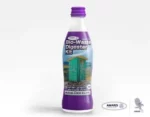
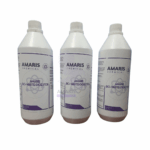
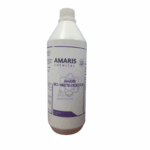
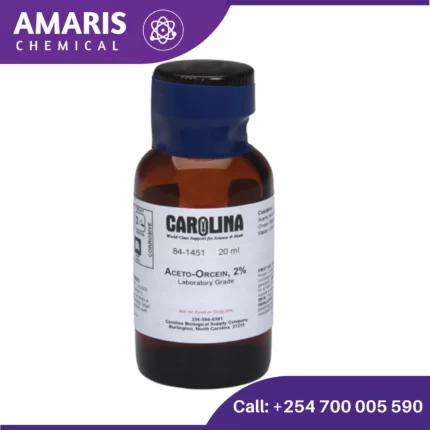
Aceto Orcein
KSh2,100.00 Original price was: KSh2,100.00.KSh2,000.00Current price is: KSh2,000.00.
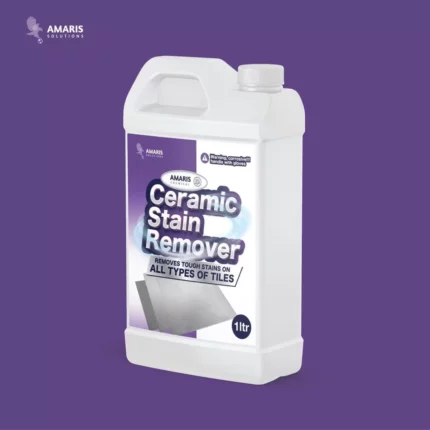
Ceramic Stain Remover(1 Litre)
KSh3,000.00 Original price was: KSh3,000.00.KSh2,200.00Current price is: KSh2,200.00.
Bio-Waste Digester Kit (1 Liter)
KSh1,200.00 Original price was: KSh1,200.00.KSh1,000.00Current price is: KSh1,000.00.
SKU:
ACS93288CHEM0
Category: Wastewater Treatment Chemicals
Reviews (0)
Be the first to review “Bio-Waste Digester Kit (1 Liter)” Cancel reply
Shipping & Delivery
Related products
Magnesium chloride
Magnesium chloride is an inorganic compound with the chemical formula MgCl2. It is a crystalline salt that is composed of magnesium and chloride ions. In its solid form, it appears as a white or colorless crystalline powder. Magnesium chloride is highly soluble in water and forms hydrated forms, such as magnesium chloride hexahydrate (MgCl2·6H2O), which is commonly used in various applications.
Magnesium chloride is primarily obtained from natural sources, such as brine deposits or seawater, and it can also be produced by chemical processes. It has a wide range of uses in various industries and applications. It is commonly employed as a deicing agent for roads and highways during winter, as it effectively lowers the freezing point of water. In addition, it is used in the production of magnesium metal, as a component in the preparation of tofu, as a dust suppressant, and as a nutrient supplement in agriculture and animal feed.
Medically, magnesium chloride can be utilized as a mineral supplement for individuals with magnesium deficiencies. It may also be administered intravenously in certain medical treatments. Furthermore, magnesium chloride has been explored for its potential therapeutic benefits, such as in the management of asthma, constipation, and magnesium deficiency-related conditions.
Overall, magnesium chloride is a versatile compound with various practical applications across different industries, while also offering potential health benefits.
Silica gel blue self indicating 25kg
Silica gel blue self-indicating is a type of desiccant made from a form of silicon dioxide that appears blue when it is dry and changes color to pink when it becomes saturated with moisture. The self-indicating feature allows the user to easily identify when the silica gel needs to be replaced or recharged. It is commonly used in packaging, electronics, and other industries to prevent moisture damage to products during storage and transportation.
Sodalime with indicator 500gm
Sodalime with an indicator is a substance often used in medical and laboratory settings, primarily for the absorption of carbon dioxide (CO₂) and certain other acidic gases. The indicator in sodalime serves a crucial function by visually signaling when the sodalime has been exhausted and can no longer effectively absorb CO₂. Here’s a detailed look at its components, functionality, and use:
Components of Sodalime
- Sodium Hydroxide (NaOH) and Potassium Hydroxide (KOH): These strong bases are the active components that react with CO₂ to form carbonates and water.
- Calcium Hydroxide (Ca(OH)₂): This provides a medium in which the reaction takes place and also participates in the CO₂ absorption process.
- Water (H₂O): Necessary for the chemical reaction.
- Indicator Dye: Changes color based on the pH level, signaling when the sodalime is no longer effective.
Chemical Reaction
The primary reaction for CO₂ absorption can be summarized as: CO2+H2O→H2CO3text{CO}_2 + text{H}_2text{O} rightarrow text{H}_2text{CO}_3CO2+H2O→H2CO3 H2CO3+2NaOH→Na2CO3+2H2Otext{H}_2text{CO}_3 + 2text{NaOH} rightarrow text{Na}_2text{CO}_3 + 2text{H}_2text{O}H2CO3+2NaOH→Na2CO3+2H2O Secondary reactions may involve calcium hydroxide: Na2CO3+Ca(OH)2→2NaOH+CaCO3text{Na}_2text{CO}_3 + text{Ca(OH)}_2 rightarrow 2text{NaOH} + text{CaCO}_3Na2CO3+Ca(OH)2→2NaOH+CaCO3Sodium Sulphate Anhydrous 500g
Sodium sulfate anhydrous, also known as anhydrous sodium sulfate or disodium sulfate, is a chemical compound with the formula Na2SO4. It is a white, crystalline powder that is soluble in water.
Here are some key properties of sodium sulfate anhydrous:
- Chemical formula: Na2SO4
- Appearance: White, crystalline powder
- Odor: Odorless
- Solubility: Soluble in water, insoluble in most organic solvents
- Melting point: 884 °C (1623 °F)
- Boiling point: 1400 °C (2552 °F)
- Hygroscopic: Yes (absorbs moisture from the air)
Sulphuric Acid 2.5 liters
Sulfuric acid is a highly corrosive and strong mineral acid with the chemical formula H2SO4. It is a dense, colorless, odorless, and viscous liquid that is soluble in water and is one of the most widely used chemicals in industry. Sulfuric acid is used in the production of fertilizers, dyes, detergents, and other industrial chemicals. It is also used as a laboratory reagent and in the processing of metals and ores. Sulfuric acid is known for its ability to react violently with many substances, and it should be handled with extreme care.
Zinc Carbonate 500gm
Analytical Reagents, Antioxidants, Catalysts, Excipients, Fertilizers, Wastewater Treatment Chemicals
Zinc carbonate (ZnCO₃) is a white, odorless powder that occurs naturally as the mineral smithsonite. It’s used in various applications including as a pigment in paints, a filler in rubber, and as a dietary supplement. Chemically, it's known for its ability to decompose upon heating to release carbon dioxide and zinc oxide. In the medical field, it's employed in topical preparations to treat skin conditions. Overall, zinc carbonate is valued for its versatility and effectiveness across different uses.
Zinc Hydroxide 250gm
Zinc Oxide 500gm
Analytical Reagents, Antioxidants, Electronic Chemicals, Excipients, Nutrient Supplements, UV Filters, Wastewater Treatment Chemicals
Zinc oxide is a versatile, inorganic compound often used in various applications. It appears as a white, powdery substance and is known for its numerous benefits. In cosmetics and skincare, it's favored for its ability to provide a protective barrier against UV rays, making it a common ingredient in sunscreens and lotions. Additionally, zinc oxide has antimicrobial properties, which makes it useful in treating minor skin irritations and rashes. In the industrial sector, it's used in rubber production, ceramics, and as a pigment in paints. Overall, it's valued for its protective, soothing, and functional properties.

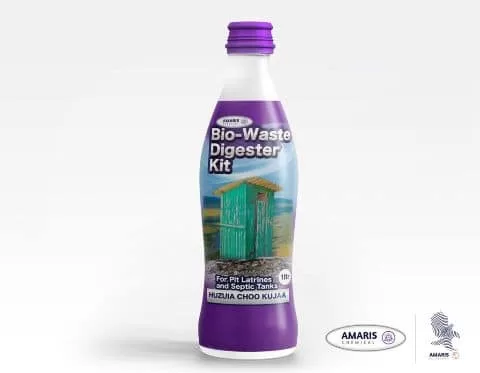
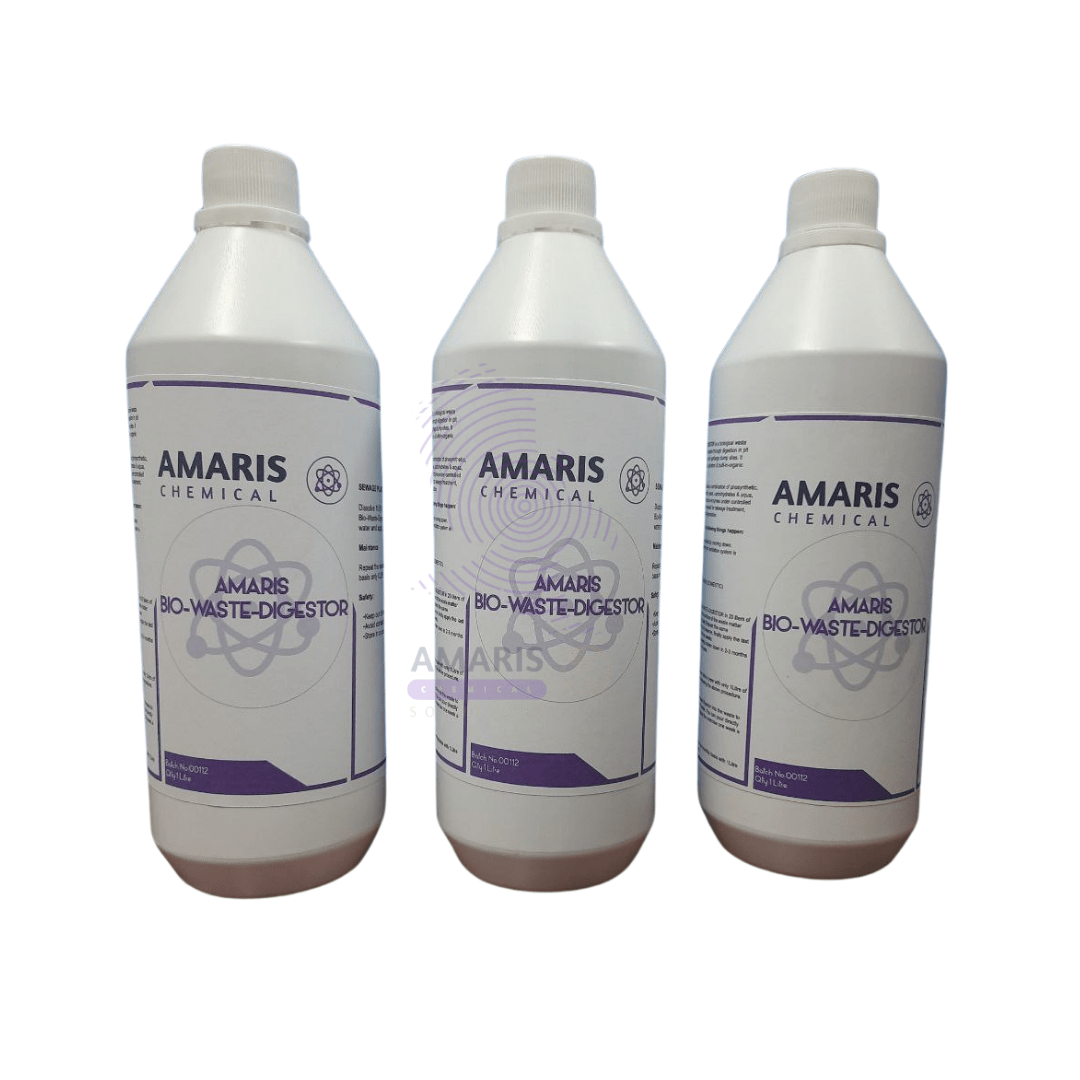

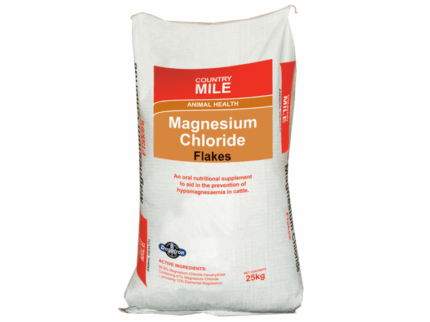

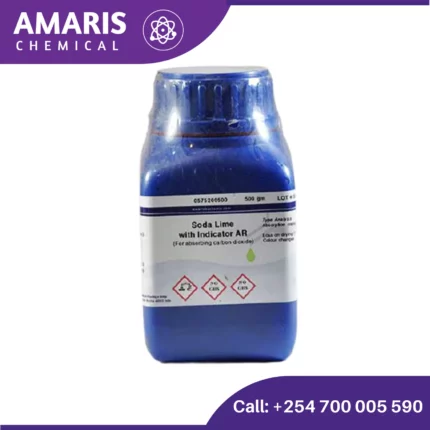
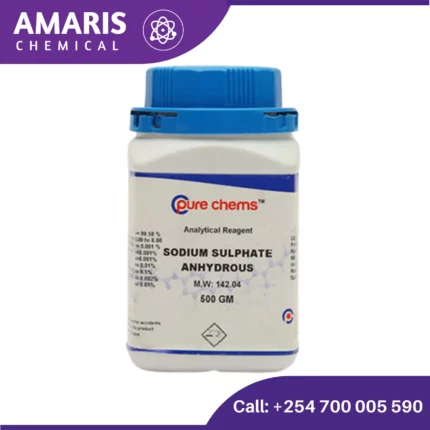
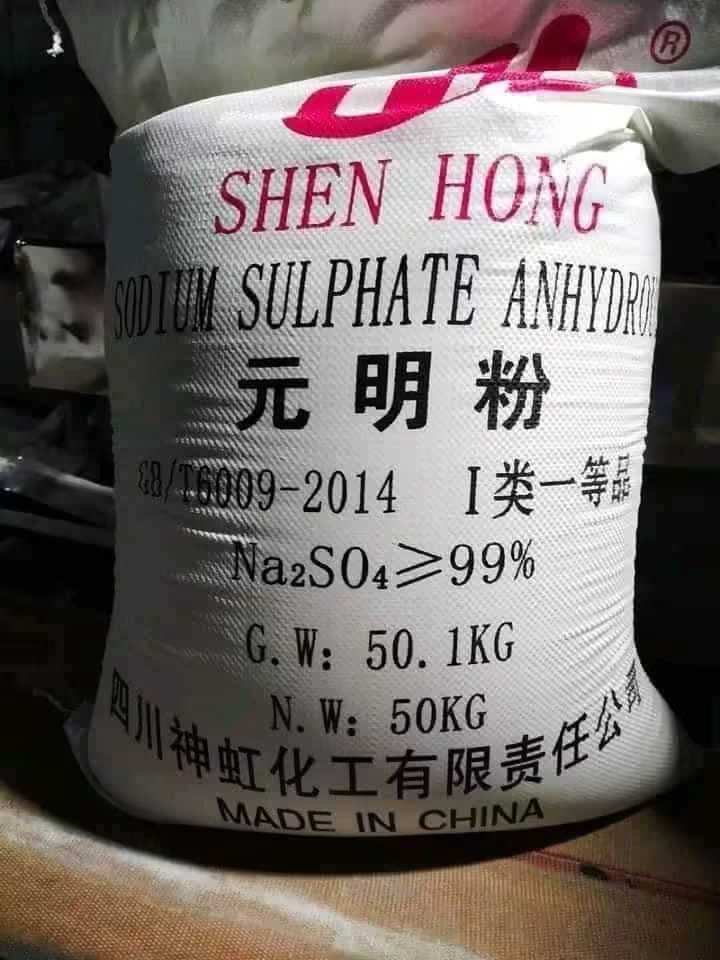
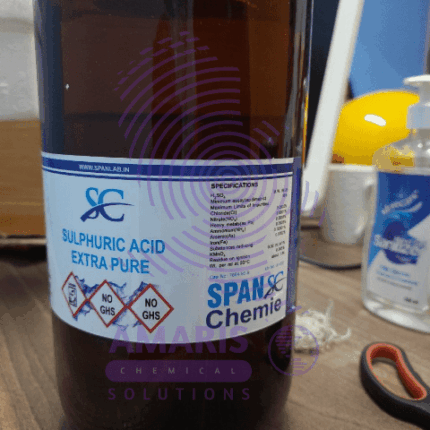
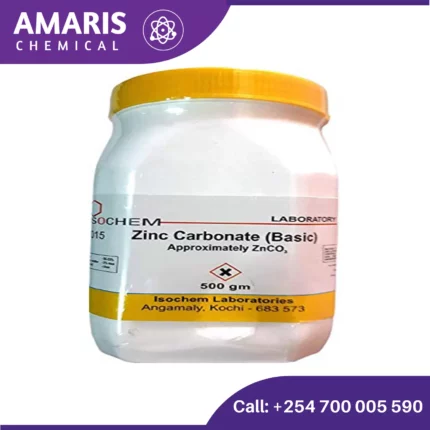
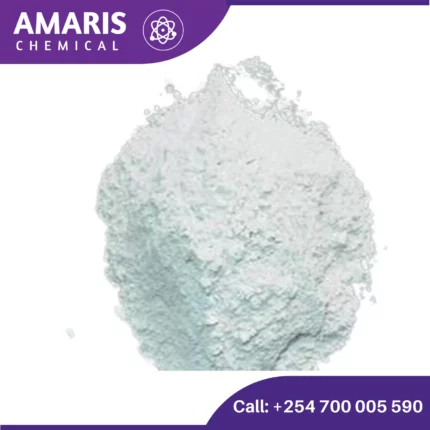
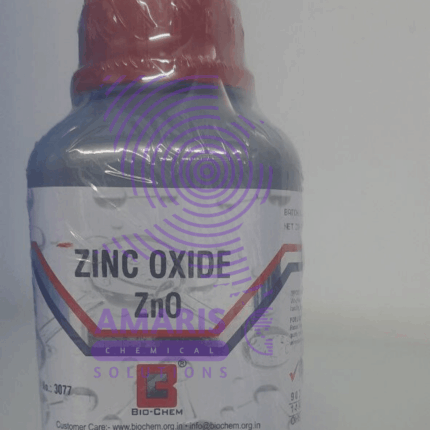







Reviews
There are no reviews yet.